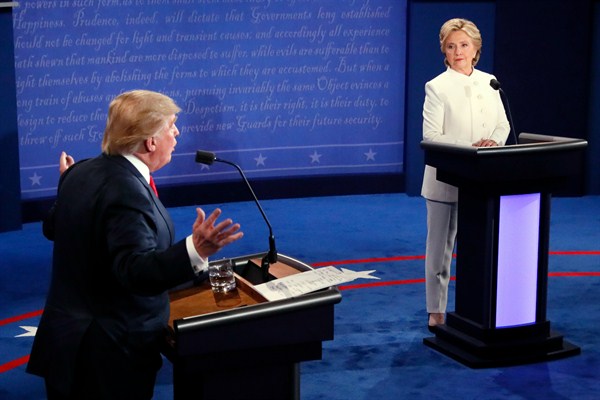When Dwight Eisenhower took office as president in January 1953, he was deeply concerned about the trajectory of America’s security strategy. Much had changed in the years leading up to his election the previous November, as hopes that the permanent members of the United Nations Security Council—the United States, the Soviet Union, the United Kingdom, France and China—would collaboratively manage global security were dashed by the emergence of the Cold War. By the time Eisenhower moved into the White House, no one doubted that containing the Soviet Union was America’s most pressing strategic task. What worried him was how to go about it.
Under his predecessor, President Harry Truman, containment had been increasingly militarized, particularly after the outbreak of the Korean War in 1950. Eisenhower feared that the defense spending this required would derail U.S. economic growth, eventually degrading public support for containment and giving Moscow a free hand. To avoid this sort of slow-motion disaster, Eisenhower wanted to employ a less expensive form of containment that balanced risks and costs. He quickly kicked off a major review of U.S. strategy in the hope of finding one.
In what became known as Project Solarium, after the White House solarium room where many of the key meetings took place, Eisenhower created three teams of Soviet experts from the government and academia. Each was instructed to build a case for a specific form of containment. One team was assigned a political variant of containment focused on Europe; the second, a more military-centric version relying on the U.S. nuclear deterrent; and the third, a strategy to “roll back” Soviet influence. After completing their assessments, the teams presented their arguments to the president and his senior advisers. Eisenhower then approved National Security Council Document 162/2, which incorporated ideas from all three teams. This became the basis for U.S. grand strategy during much of the Cold War. While the application of this strategy evolved over the years, there was always a working agreement on its foundational concepts.

